PBIO 109 - 2013
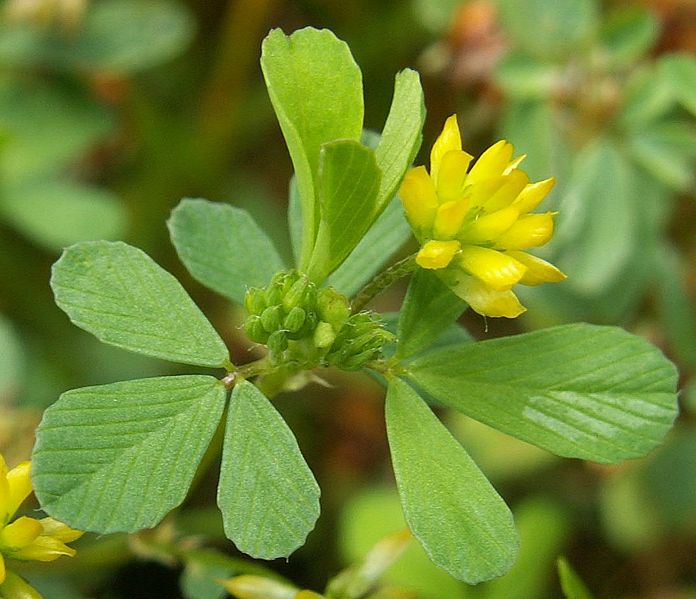
AP Airport Park
BNA
Beach at end of North Ave
CW Centennial Woods 6/12
EAH Ethan Allen Homestead 6/14
EAP Ethan Allen Park
LCC Lake Champlain Canoe
NB North Beach
OL Oakledge
6/13
RR
Red Rocks
SB Shelburne Bay
UVM1 6/11 (beyond the parking lot)
UVM2
walk from Torrey Hall to Jeffords
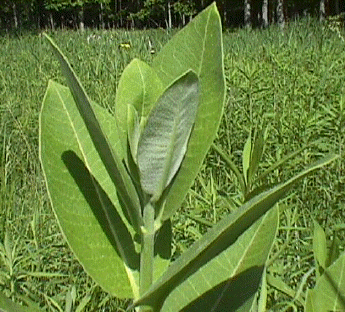
milkweed, Asclepias
Apocynaceae
opposite leaves, white latex --- two characters define one family in Vermont

opposite pinnately compound leaves (atypical of family, which usually has opposite simple leaves)

Urticaceae
opposite leaves with serrate edges, strong bark
stipules (four per node)
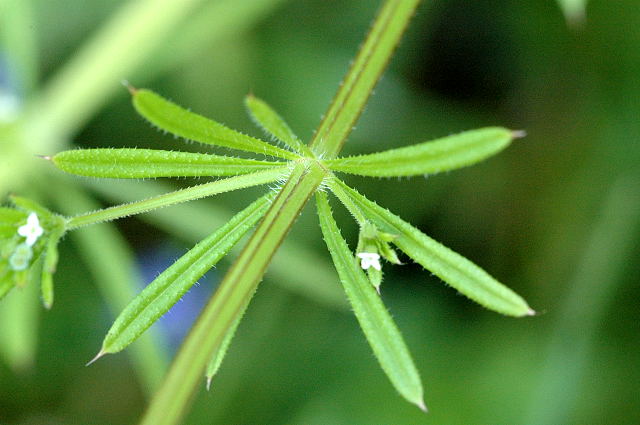
whorled leaves, climbs over other plants with stiff, downward-pointing hairs
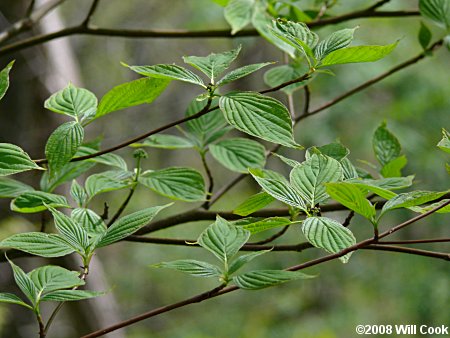
Cornaceae
~arcuate secondary veins, tertiary veins perpendicular to midrib
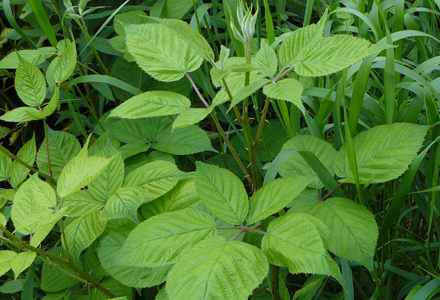
Rosaceae
~alternate, palmately compound leaves;
~canes last two years, flower the second,
~stipules are precocious
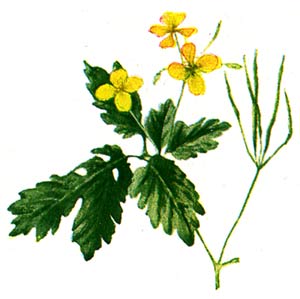
Papaveraceae
alternate, pinnately compound leaves
2 deciduous sepals
4 separate petals, radial symmetry
many stamens
one pistil splitting into two vales (the green canoes) and two placentae (the hoop) bearing seeds with arils
ovary superior (perianth scars at ovary base)
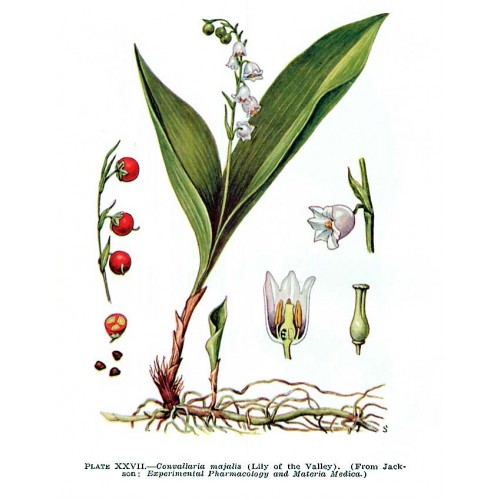
MONOCOT FEATURES
~parallel leaf veins
~sympodial branching (constant surrender of dominance)
TOXIN is a cardiac glycoside (smooth muscle stimulator, impact is on heart function)

Crassulaceae
~succulent leaves
~radial symmetry
~sepals and petals in fives
~stamens twice the petals
~five pistils

~bilateral symmetry
~fused (connate) corolla
~stames 5, petals 4, stamens 2
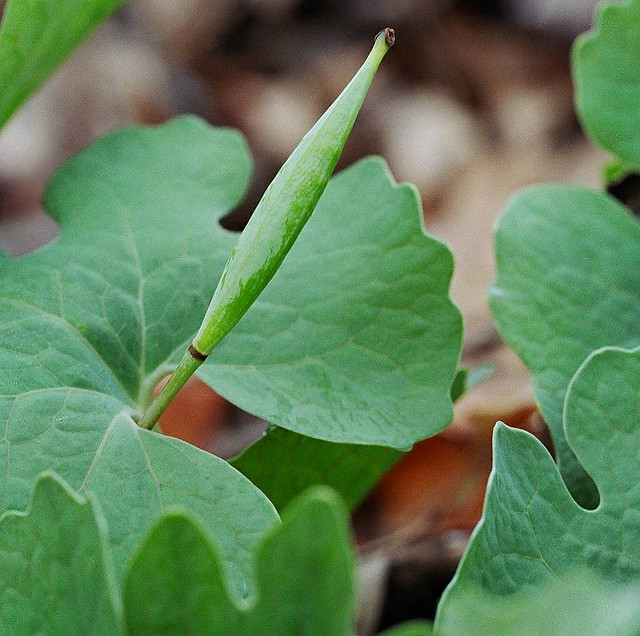
colored (orange-red) latex, fruit with arils dispersed by ants
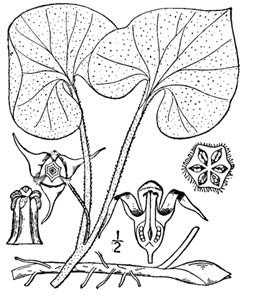
Aristolochiaceae
~essential oils of the magnoliids
~three sepals
~ fruits splitting into six sections
~each with seeds with arils for ant dispersal
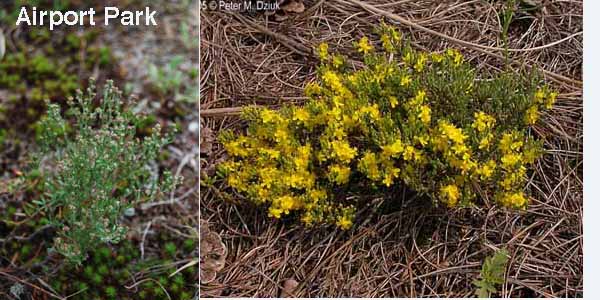
Cistaceae
endangered in Vermont -- a remnant of the shifting-sand flora along glacial Lake Champlain
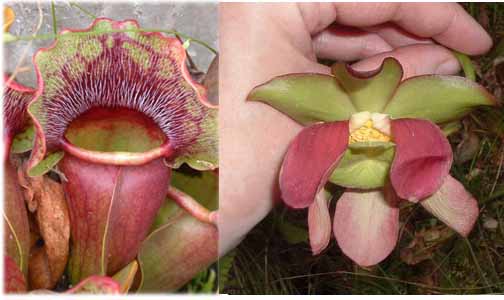
Sarraceniaceae
bumblebee pollinated, petals still in place in this photo
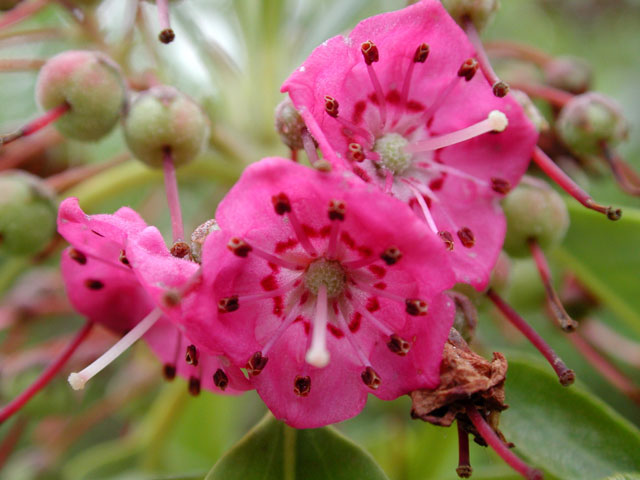
~connate corolla
~stamens twice the petals
~anthers poricidal
visitors trip the cocked stamens (not buzz-pollinated)
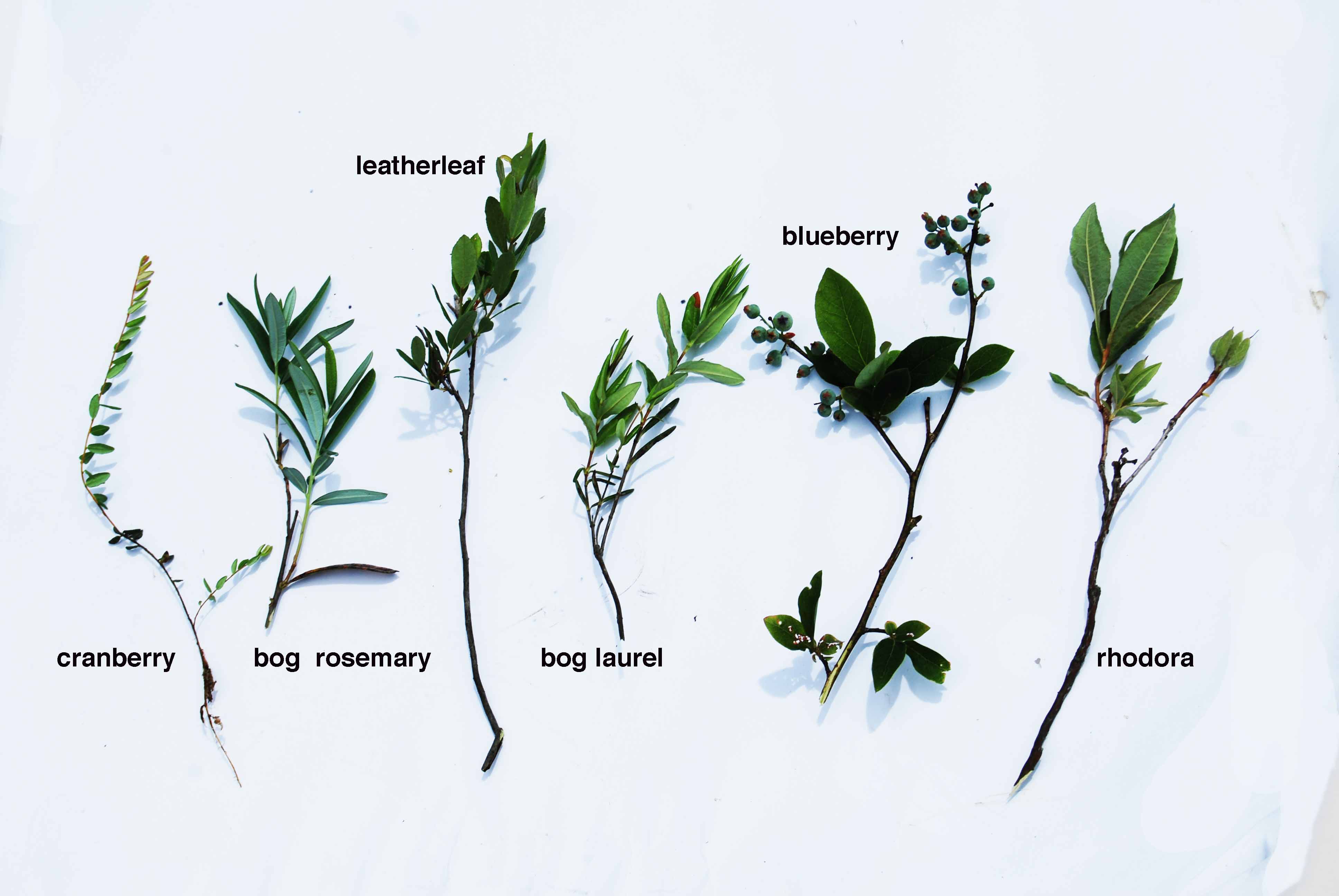
sheep laurel, bog laurel Kalmia
rhodora, Rhododendron
cranberry, Vaccinium
highbush blueberry, Vaccinium
bog rosemary, Andromeda
leatherleaf, Chamaedaphne
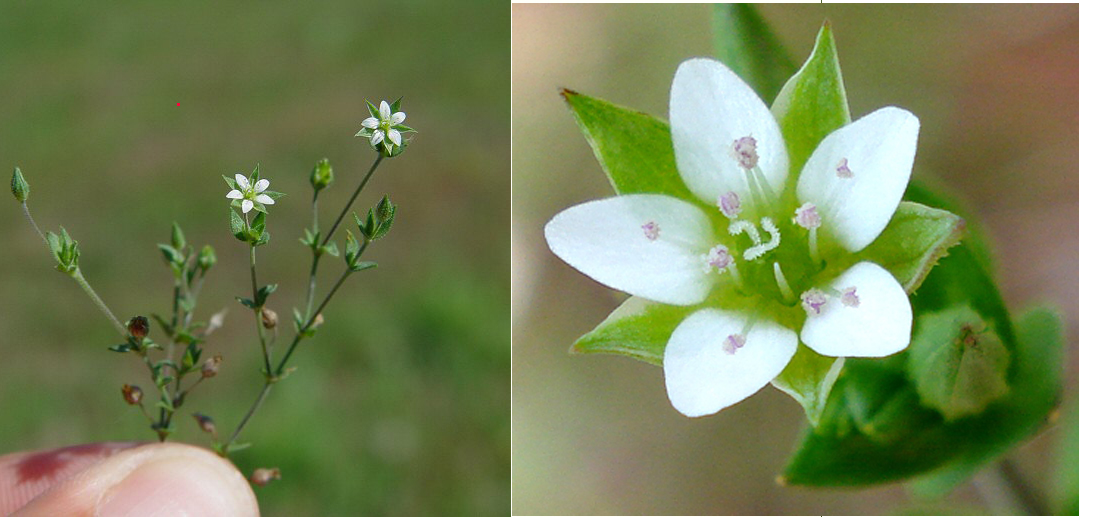
~ swollen nodes (source of family name)
~five separate sepals and petals
~stamens twice the petals
~three styles
~5 sepals and petals
~ many stamens
~simple pistils build an aggregate in fruit

~tendril homology: transformed inflorescence

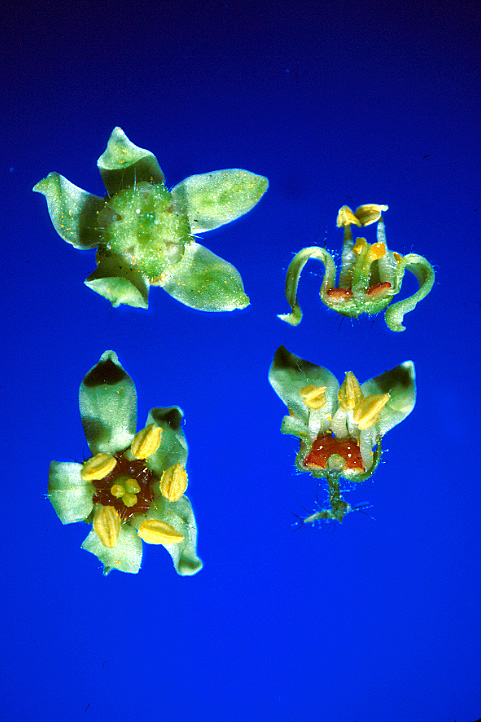
FAMILY
~rosid syndrome (distinct sepals and petals, separate petals, stamens twice the petals, disk present, carpels 3 or 5 per flower)
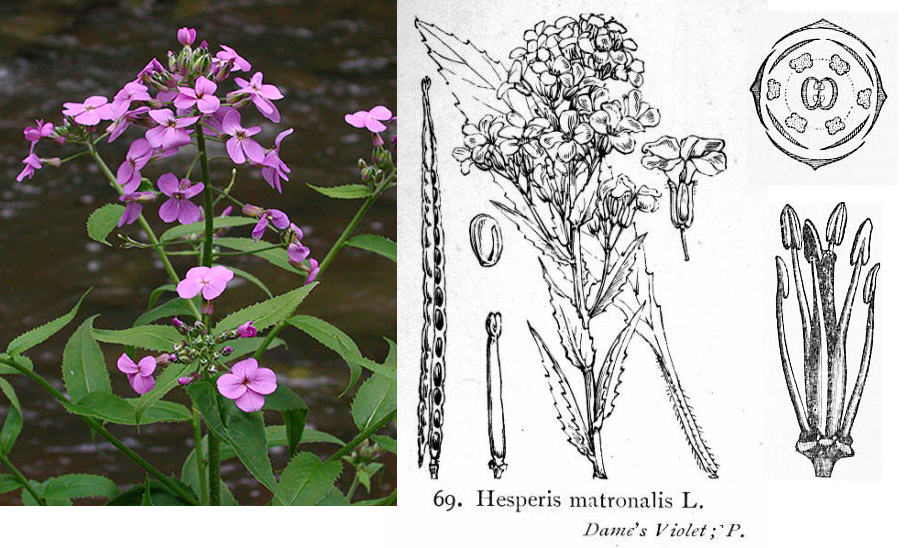
FAMILY
~four separate sepals and petals
~six stamens, two short and for long
~disk of separate glands
~2-carpellate, 2-locular ovary with pariental placentation

FAMILY
~monocot syndrome (flower parts in 3s, perianth poorly differentiated, many parallel secondary veins)
~three stamens
~inferior ovary
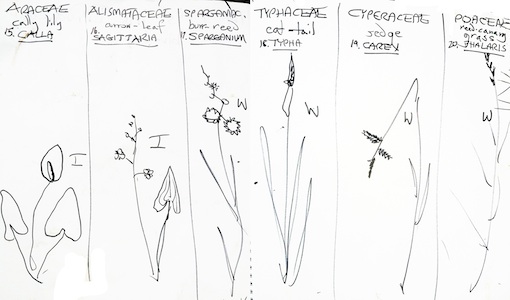
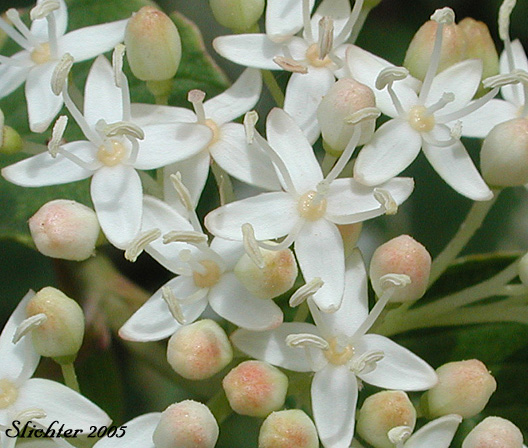
in flower this time (see number 4)
FAMILY
~separate petals
~stamens = petals
~disk present
~inferior ovary

link to video of trap function from Madi
http://www.youtube.com/watch?v=Zb_SLZFsMyQ

~5 separate petals and sepals
~10 separate stamens in two whorls
~five-branched style
a typical Rosid
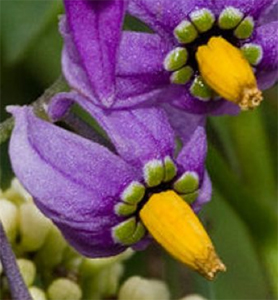
~asterid syndrome, including
--connate corolla
~stamens adnate to the corolla
~stamens = petals
~carpels two
for the family: alternate leaves, radial symmetry, foul odor to crushed leaves

~heterostyly!
family:
~asterid syndrome, inferior ovary, fused stipules, radial symmetry

valerian combines radial symmetry with stamens fewer than petals --- rare in asterids
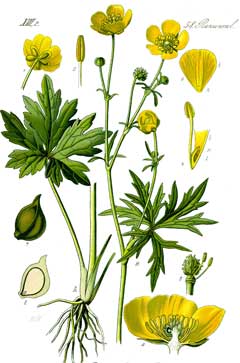
our most primitive eudicot:
FAMILY
~no fusion
~many stamens
~compound, palmate-design leaves

Asterid!
~corolla small and papery
~stamens prominent (hover-fly or wind dispersal)
This family now includes many former Scrophulariaceae

compare to number 36 --- here there is only one perianth whorl, otherwise quite similar

FAMILY
~stipules
~hypanthium
~many stamens
~radial symmetry
DISPERSAL
~styles hooked for passive animal dispersal

FAMILY
~asterid syndrome
~corona (modified disk)
white latex
separate ovaries, united or separate style and stigmas

FAMILY:
~alternate, compound leaves and stipules
~distinct sepals and petals all separate at the base
~stamens 2x petals
~one simple pistil
~legume fruit type